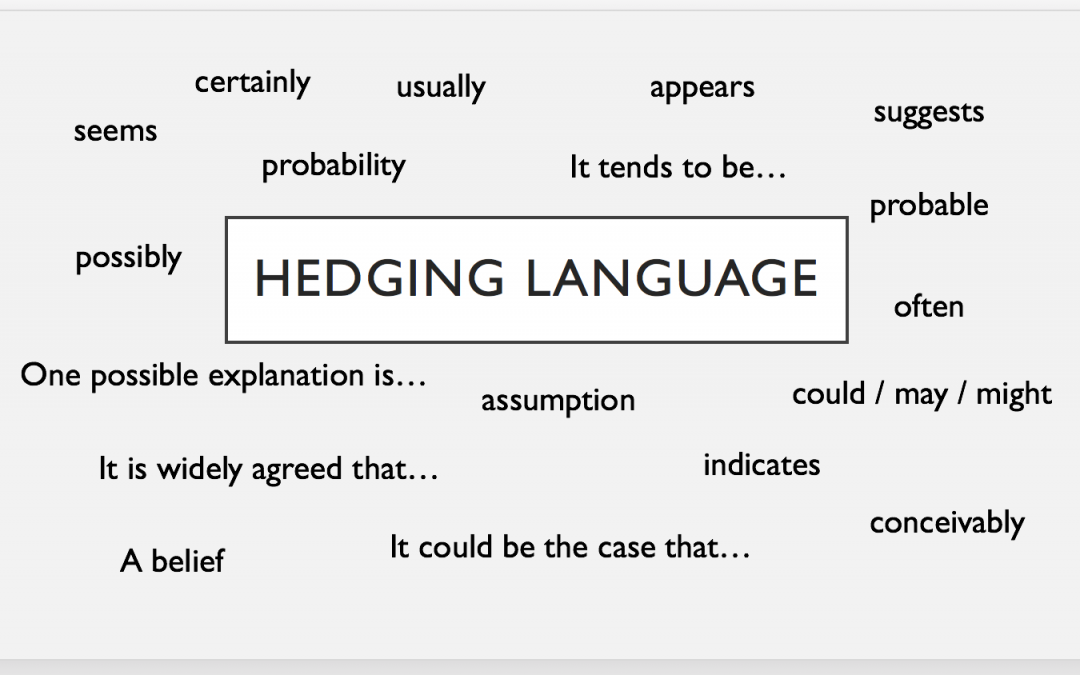Contents
In Appel’s Histogram the height of the bar corresponds to the MACD value for a particular point in time. If it matches the crossover, the signal’s dependability will be increased. The Chaikin Power Gauge stock rating is the centerpiece of Chaikin Analytics – it’s a remarkably accurate indicator of where a stock is headed over the next three to six months.
However, some traders use MACD histograms to predict when a change in trend will occur. For these traders, this aspect of MACD might be viewed as a leading indicator of future trend changes. On the chart below, you will see examples of bullish and bearish zero line crossovers taking place several times during the observed period. The blue line is the MACD line, while the orange line is the signal line.
In contrast to Pulte Homes, these signals would have resulted in numerous whipsaws because strong trends did not materialize after the crossovers. Here I wanted to add something new, if MACD and EMA cross over is not clear about the trend then change to higher time frame and find direction of price movement. Example if you use 5min timeframe and trend is not clear using EMA and MACD, then change to 15min time frame and trend should be very clear.

The values of 12, 26 and 9 are the typical settings used with the MACD, though other values can be substituted depending on your trading style and goals. There are a variety of different MACD settings that you can use when trading almost any instrument, each with its own strengths and weaknesses. The technical storage or access is required to create user profiles to send advertising, or to track the user on a website or across several websites for similar marketing purposes. Tradeciety is run by Rolf and Moritz who have over 20+ years of combined experience in Forex, stocks and crypto trading. During ranges, the two lines from your MACD are very close together and they hover around 0; this means that there is no momentum and no strength.
MACD Indicator Explained – Best Settings & Strategy To Use
The following is the MACD line chart of Nifty for data points starting from 1st Jan 2014 to 18th Aug 2014. However, while dealing with the magnitude, always remember the price of the stock influences the magnitude. For example, the higher the underlying price such as Bank Nifty, naturally, the higher meaning of sensitivity analysis will be the magnitude of the MACD. HOWEVER, never let anyone tell you that indicators don’t work. The difference between the MACD and its Signal line is often plotted as a bar chart and called a “histogram”. This is a 9-day line that is commonly painted in red to illustrate price activity turns.
- Both moving averages use closing prices of the period that is measured.
- If the bars are shrinking, then the two EMAs are converging, and a potential signal change may occur.
- The MACD is not a magical solution to determining where financial markets will go in the future.
- During a consolidation like in point #3, the MACD contracts sharply as well and traders wait for the breakout of the wedge to signal a new trend.
- Usually, when you add the MACD indicator, you can adjust its settings.
- Further, because it is a lagging indicator, it argues that confirmation in subsequent price action should develop before taking the signal.
The exponential moving average is also referred to as the exponentiallyweightedmoving average. An exponentially weighted moving average reacts more significantly to recent price changes than asimple moving average , which applies an equal weight to all observations in the period. MACD can help gauge whether a security is overbought or oversold, alerting traders to the strength of a directional move, and warning of a potential price reversal. On the chart below, you will see two highlighted examples of bullish and bearish signal line crossovers taking place.
Don’t forget to take into account the distance between both EMAs, as well. There are two types of MACD divergence – bullish and bearish. A divergence is bullish when the price of the instrument records a lower low while the MACD hits a higher low. Bearish divergence, on the other hand, describes a situation where the MACD records a lower high, while the price hits a higher high.
Negative MACD values indicate that the 12-day EMA is below the 26-day EMA. Negative values increase as the shorter EMA diverges further below the longer EMA. MACD stands for Moving Average Convergence Divergence and is calculated by subtracting the 26-period exponential moving average from the 12-period EMA. A 9-period EMA of the MACD, called the “signal line”, is then plotted on top of the MACD line, which can function as a trigger for buy and sell signals. The MACD indicator is a technical analysis tool that is used to measure momentum and is calculated by taking the difference between two moving averages. The MACD line is the faster moving average, while the signal line is the slower moving average.
Bullish divergences usually take place during strong downtrends, while bearish divergences occur in strong uptrends. The other highly valuable signal generated by the MACD is the divergence. Divergence describes a situation in which the MACD line and the price of the instrument move in the opposite direction. Due to its limitations, you should analyze the MACD divergence cautiously and always in addition to other signals. That is because it can often produce false positives (i.e., indicate a potential trend reversal which never materializes afterward).
Potential Sell Signals With MACD Histograms
If the MACD line crosses upward over the average line, this is considered a bullish signal. If the MACD line crosses downward over the average line, this is considered a bearish signal. A bullish signal occurs when the histogram goes from negative to positive. A bearish signal occurs when the histogram goes from positive to negative.
Overall, the MACD indicator is a powerful tool that can help you with your technical trading in a variety of different ways depending on how you use it. It is important to note, in the same way with all technical indicators that the MACD should not be used in isolation, but rather in conjunction with other technical indicators and fundamental analysis. The MACD is only as useful as the context in which it is applied. An analyst might apply the MACD to a weekly scale before looking at a daily scale, in order to avoid making short term trades against the direction of the intermediate trend.
Understanding MACD Indicators on Charts
Hence the MACD indicator has similar properties like that of a moving average system. They work quite well when there is a strong trend and are not too useful when moving sideways. You can notice this between the 1st two-line starting from left.

A SMA indicator calculates the average of prices for a given number of periods.The SMA is used… Traders use momentum indicators to have a better understanding of the speed or rate at which the price of a security… The MACD is not especially good for detecting overbought and oversold levels. Even though it is possible to detect levels that are historically overbought or oversold, the indicator does not have any upper or lower limits to bind its movement. During sudden moves, the MACD can continue to over-extend beyond its historical extremes. One of the major issues with divergence is that it can often indicate a possible reversal but then no actual reversal really happens – it gives a false positive.
MACD Divergence ↕️
Once the MACD line drops below the signal line, a downside momentum shift occurs. The MACD is a trend-following momentum oscillator applied to the price of a particular security using two moving averages to attempt to indicate the formation of a new trend. The MACD trading indicator is a highly popular, technical analysis tool used by professional traders. MACD measures the relationship between two EMAs, while the RSI measures price change in relation to recent lows and highs of prices.
Some traders only pay attention to acceleration – i.e., the signal line crossover (or what’s expressed by the MACD histogram). The crossover – often termed the “signal line crossover” – occurs when the MACD https://1investing.in/ line crosses the signal line. Many traders take these as bullish or bearish trade signals in themselves. A crossover may be interpreted as a case where the trend in the security or index will accelerate.
Bullish MACD
Crossovers can last a few days or weeks, depending on the movement’s strength. The relative strength index aims to signal whether a market is considered to beoverboughtoroversoldin relation to recent price levels. The RSI is an oscillator that calculates average price gains and losses over a given period of time. The default time period is 14 periods with values bounded from 0 to 100. A reading above 70 suggests an overbought condition, while a reading below 30 is considered oversold, with both potentially signaling a top is forming, or vice versa . This scan reveals stocks that are trading below their 200-day moving average and have a bearish signal line crossover in MACD.
Unless otherwise indicated, all data is delayed by 15 minutes. The information provided by StockCharts.com, Inc. is not investment advice. Knowing how to read MACD, or how to interpret what is showing you, can be a difference maker in your trading results. Using the MACD line, along with signal line, and the histogram properly can be quite an eye opener as far as momentum trading, and picking reversal points goes. By monitoring the crossover of the MACD line and the signal line, you can determine with a bit more certainty when it may be an optimal time to enter or exit a position. The MACD indicator is used to identify trends, as well as potential reversals.
The blue histogram shows us the difference between the MACD line and the signal line. The MACD line bottomed and turned higher after the market made its low on March 23rd. This makes sense because moving averages are lagging indicators. Shortly after, the MACD indicator line crossed the signal line . Then the histogram turned positive (another clue / confirmation). Traders can look for signal line crossovers, centerline crossovers and divergences to generate signals.
Below we see Gamestop with a large bearish divergence from August to October. The stock forged a higher high above 28, but the MACD line fell short of its prior high and formed a lower high. The subsequent signal line crossover and support break in the MACD were bearish. On the price chart, notice how broken support turned into resistance on the throwback bounce in November . This throwback provided a second chance to sell or sell short.
